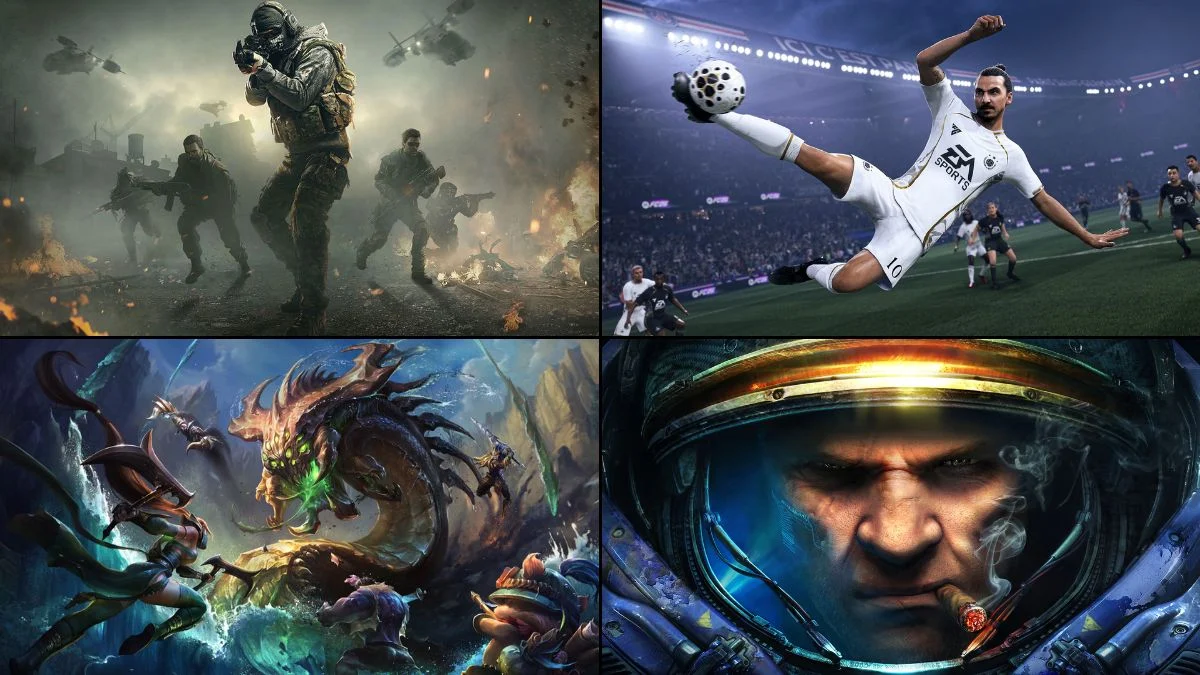
Wow, it’s amazing to see how far esports has come! It used to be just a bunch of friends getting together for local tournaments, but now it’s huge – we’re talking massive stadium events with professional broadcasts, player organizations, and prize money that’s absolutely incredible. What really built this scene were the games themselves – they were designed to be super competitive, had great tournament support, and most importantly, passionate communities that kept coming back year after year. All that hard work created a path for players, from local ladders to regional leagues, all the way up to world championships that now draw as many viewers as traditional sports!
This list highlights games that have remained consistently popular and influential in the competitive scene over time. It considers factors like player base size, developer support, and how each game impacted the standards and growth of esports. From shooters and strategy games to fighting games, these titles are the foundations of modern competitive gaming.
20. Halo

As a long-time fan, I’ll always remember Halo as the game that really kicked off console esports on Xbox. Those early Major League Gaming tournaments were huge, and it was awesome seeing those North American teams stick together, game after game. What really set Halo apart was its focus on team-based arena modes – it wasn’t just about individual skill. The way weapons spawned and how you moved around the maps demanded perfect timing and serious teamwork. Plus, they were ahead of the curve with spectator features like theater tools and observer cams, which made watching the pros so much better and helped build a real broadcast scene.
As a Halo fan, I’ve been really loving how the Halo Championship Series has become more consistent. They’ve streamlined things with a points system for qualifying and are holding events all over the world, which is awesome. The in-person tournaments have been amazing to watch, with players really showing off their skills in those one-on-one battles. Plus, they’re keeping classic maps in the mix alongside the new ones, which is great for nostalgia! What’s really impressed me is how the pro scene has developed – we’re seeing strong teams and coaches emerge, and they’re taking practice and strategy to a whole new level with detailed planning and film review.
19. Quake

Quake demonstrated that fast-paced, one-on-one shooting competitions could be incredibly engaging, requiring precise aiming, skillful movement, and strategic item usage. The game also established common competitive rules – like time limits and sudden death – and a map selection process that became standard in many other shooting games. With modes like duels and team-based capture the flag, Quake offered various ways to compete, all while emphasizing player skill.
QuakeCon and related tournaments consistently offered prize money and attracted players from around the world, even in games like Quake III Arena and Quake Live. The games were designed with consistent rules – like map layouts, item availability, and how players spawned – which allowed experts to explain strategies and how to gain an advantage. This also helped develop many people who went on to become professional commentators and production staff in esports.
18. StarCraft Brood War
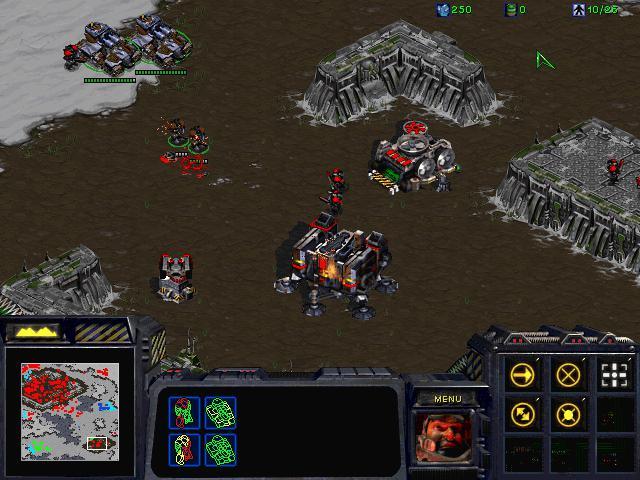
StarCraft: Brood War pioneered the world of professional gaming, especially in South Korea, with organized leagues shown on TV, team training facilities, and professional coaches. The game’s three unique races offered deep strategy, leading to different ways of playing in various regions. High-level play demanded incredible mechanical skills – like quickly managing multiple tasks and resources – which clearly distinguished top players from the rest.
Early StarCraft leagues established common competitive formats, including matches decided by best-of-series, predetermined map lists, and systems for teams to move up or down in rankings. The game benefited from relatively infrequent updates, allowing players to develop strategies and refine the gameplay naturally. Furthermore, the intense training, careful scheduling, and mental preparation techniques pioneered in Brood War became standard practice in all subsequent real-time strategy games.
17. EA Sports FC series

The popular football game, formerly known as FIFA, closely replicates the structure of real-world football, featuring national and club competitions, and regional playoffs. Its simple head-to-head gameplay makes it easy to pick up and play, allowing for quick online and in-person tournaments. Building a successful team requires scouting and carefully considering player stats and team strategies.
Competitive gaming events like the eChampions League and official national leagues are linked to well-known sports organizations and stadiums. The popular Ultimate Team game modes provide the money needed for big tournaments and create consistent schedules for qualifying. Because these games are widely enjoyed and can be played on many devices, there’s a constant stream of new players, which helps keep competition balanced across different regions.
16. Tekken 7 and Tekken 8
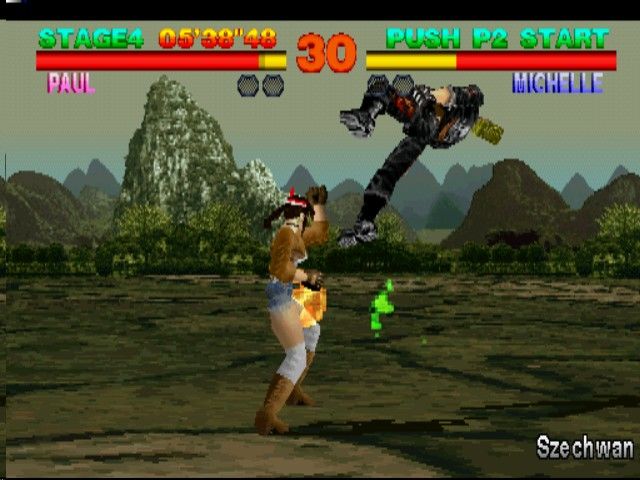
Tekken focuses on skillful movement and understanding how characters interact, using techniques like quick backdashes, applying pressure near walls, and executing lengthy attack combinations. The game has consistent, standardized rules for competitions – including round length, time limits, and allowed stages – making it easy for tournaments to be run consistently worldwide. With a wide variety of characters, players can switch strategies to counter opponents without needing to exclude any characters from play.
The Tekken World Tour is a competitive circuit featuring major events and a world championship. Recent improvements to the online connection and the addition of replay features allow players to study opponents and refine their strategies. High-quality broadcasts and compelling storylines make the tournaments exciting for both newcomers and long-time fans, offering both easy-to-understand narratives and in-depth analysis.
15. Street Fighter V and Street Fighter 6

Street Fighter pioneered the competitive fighting game scene, establishing structures like the Capcom Pro Tour and a clear ranking system. The game’s core strategies – precise movement, defending against aerial attacks, and managing resources – are easy for viewers to understand, yet offer a high skill ceiling for experienced players. Regular updates and new content keep the game exciting and prevent major disruptions to tournaments.
Major tournaments culminate in a world championship showcasing the best players from regional competitions and open qualifiers. Robust training tools and the ability to share replays help players improve and encourage coaching and team building. A strong community, supported by both independent and publisher-run events, keeps the scene vibrant and open to everyone.
14. Super Smash Bros. Melee
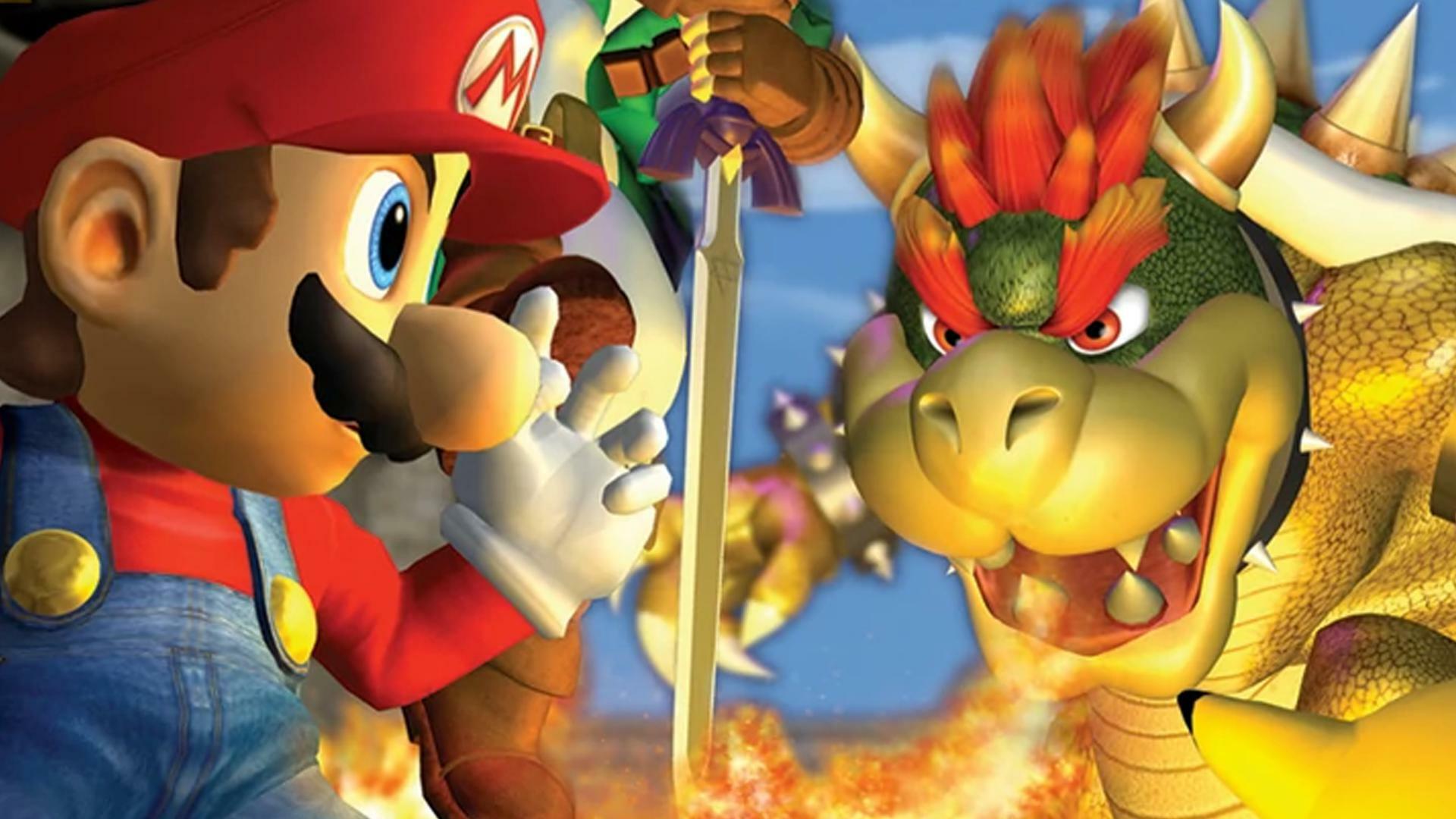
The Super Smash Bros. Melee community keeps the game competitive through player-run tournaments, larger community events, and professional broadcasts. Advanced movement techniques like wavedashing and dash dancing allow players to develop unique styles and approaches to each matchup. The game is constantly evolving as players discover new strategies and refine their controller setups, all of which are shared with the wider community.
Standardized rules, like agreed-upon stages and number of stocks, help ensure fair competition in tournaments across different areas. Independent ranking systems and recorded matches allow for accurate player seeding and better preparation. Even without a lot of official support, the competitive scene consistently draws strong attendance and viewership for its established events.
13. Hearthstone
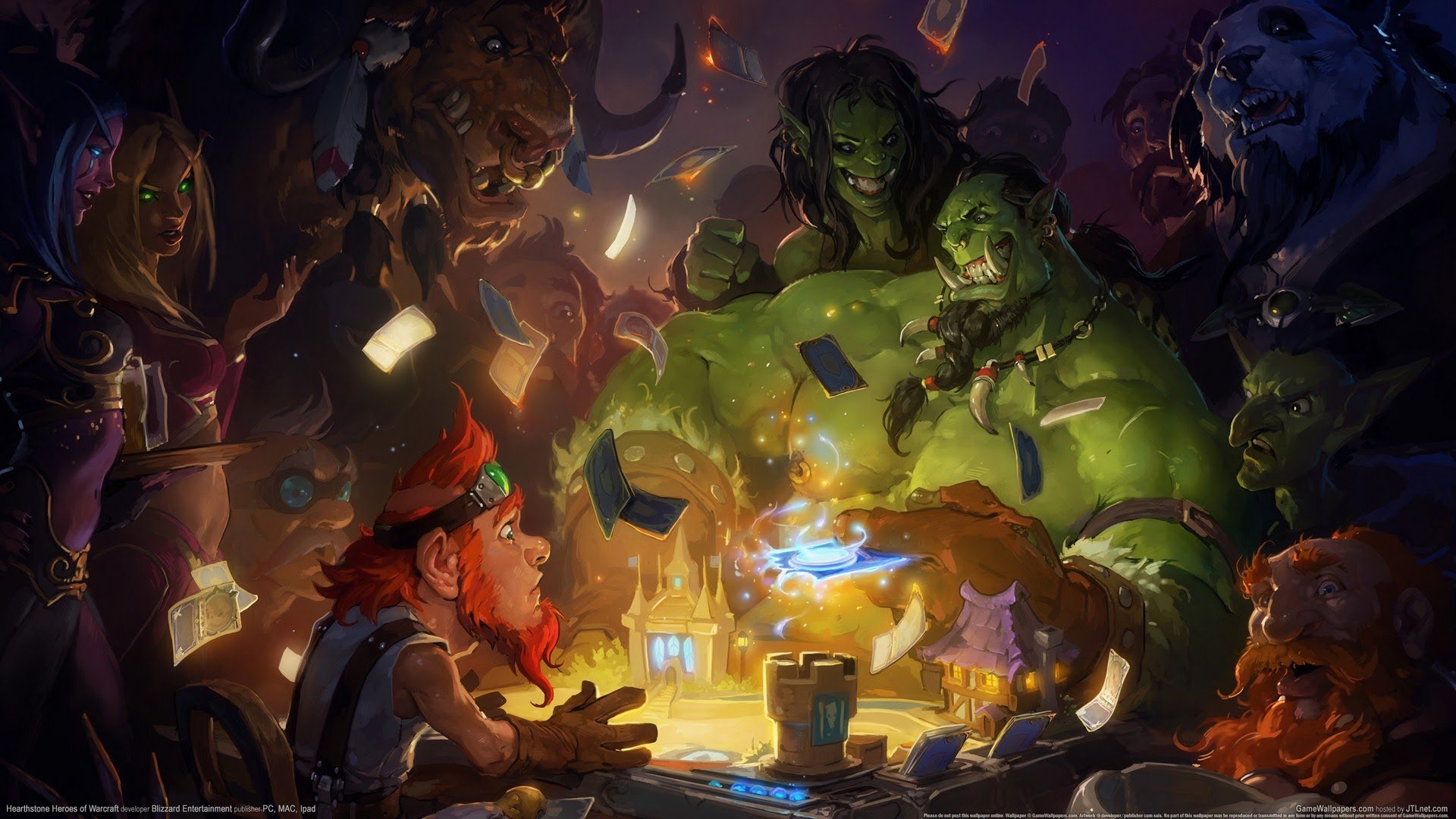
Hearthstone made digital card games popular and easy to get into, thanks to its simple, colorful design and straightforward gameplay. Competitive players can participate in tournaments with formats like Conquest and Last Hero Standing, which involve banning cards and carefully choosing their decks. The game is constantly updated with new cards and balance adjustments, meaning the best strategies are always changing and players need to continually adapt and practice.
Broadcasts improved how decklists looked on screen and added trackers to show viewers important information like resource levels and win probabilities. Blizzard supported competitive events and partnered with organizers to create a regular schedule of seasonal championships. Teams also began using external tools and websites to analyze the game and scout opponents, making data analysis a key part of their strategy.
12. PUBG Battlegrounds
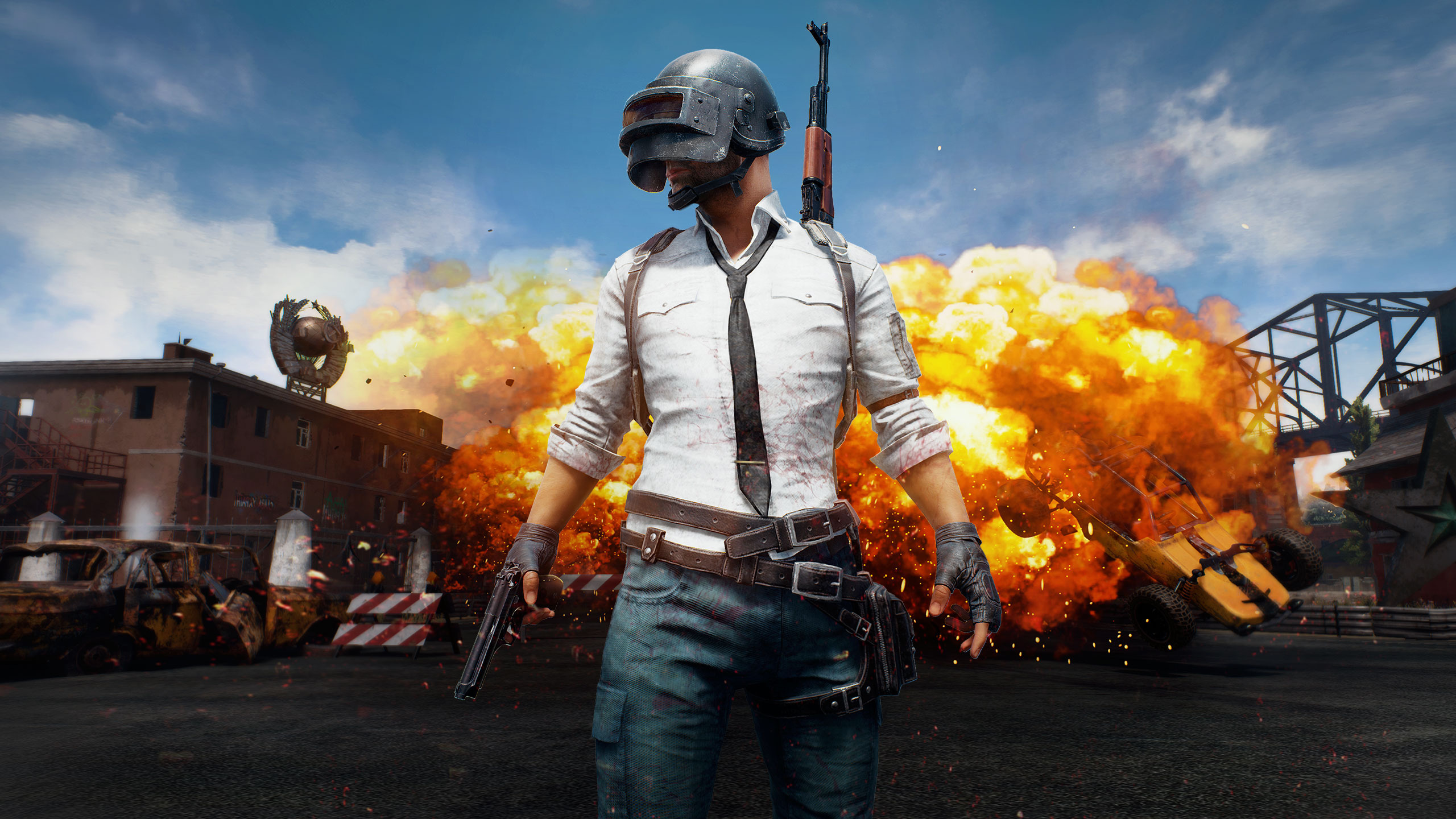
When I first jumped into PUBG, what really grabbed me was the huge scale of the battles. It wasn’t just about shooting; the bullets actually *behaved* realistically, and the way the terrain affected movement felt super important. Plus, those shrinking circles kept the pressure on – you really had to think fast! Playing with a team meant constant communication – sharing what we saw, figuring out the best routes in vehicles, and timing our attacks to avoid getting caught in the crossfire. Knowing the map inside and out, and using your grenades and other gear effectively, was the key to surviving and getting into a good position at the very end of the match.
PUBG competitions, both globally and in regional leagues, now use a consistent scoring system that rewards both finishing positions and eliminating opponents. Viewers can better understand strategic decisions thanks to features like live map views and team communication broadcasts. Clear and consistent rules regarding game settings, the number of matches played, and how ties are resolved ensure fair and comparable events worldwide.
11. Apex Legends
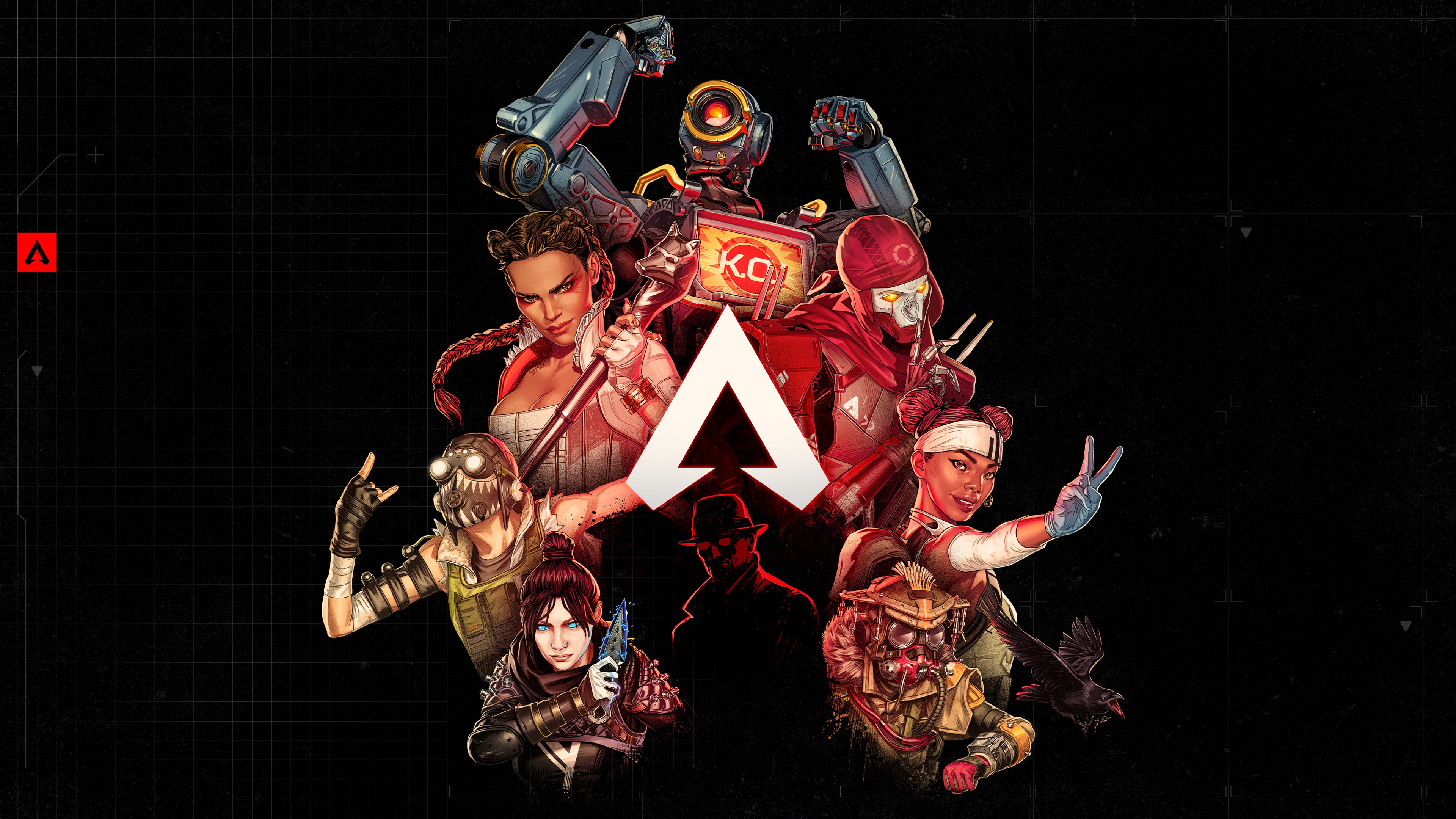
Apex Legends combines characters with unique abilities and fast-paced gunplay, featuring movement options like sliding and ziplines. Before each match, players strategically choose their team composition and characters, adding a layer of planning beyond just aiming. The quick combat and ‘knockdown’ system emphasize teamwork, requiring players to coordinate attacks and plan how to recover when a teammate goes down.
The Apex Legends Global Series is a competitive path starting with open qualifying rounds and leading to split playoffs and a world championship. The way points are scored – either through match point or cumulative totals – changes throughout the competition, affecting how teams play. Broadcasts include helpful overhead maps and predictions of where the safe zone will move, making it easier to understand team movements and engagements.
10. Call of Duty
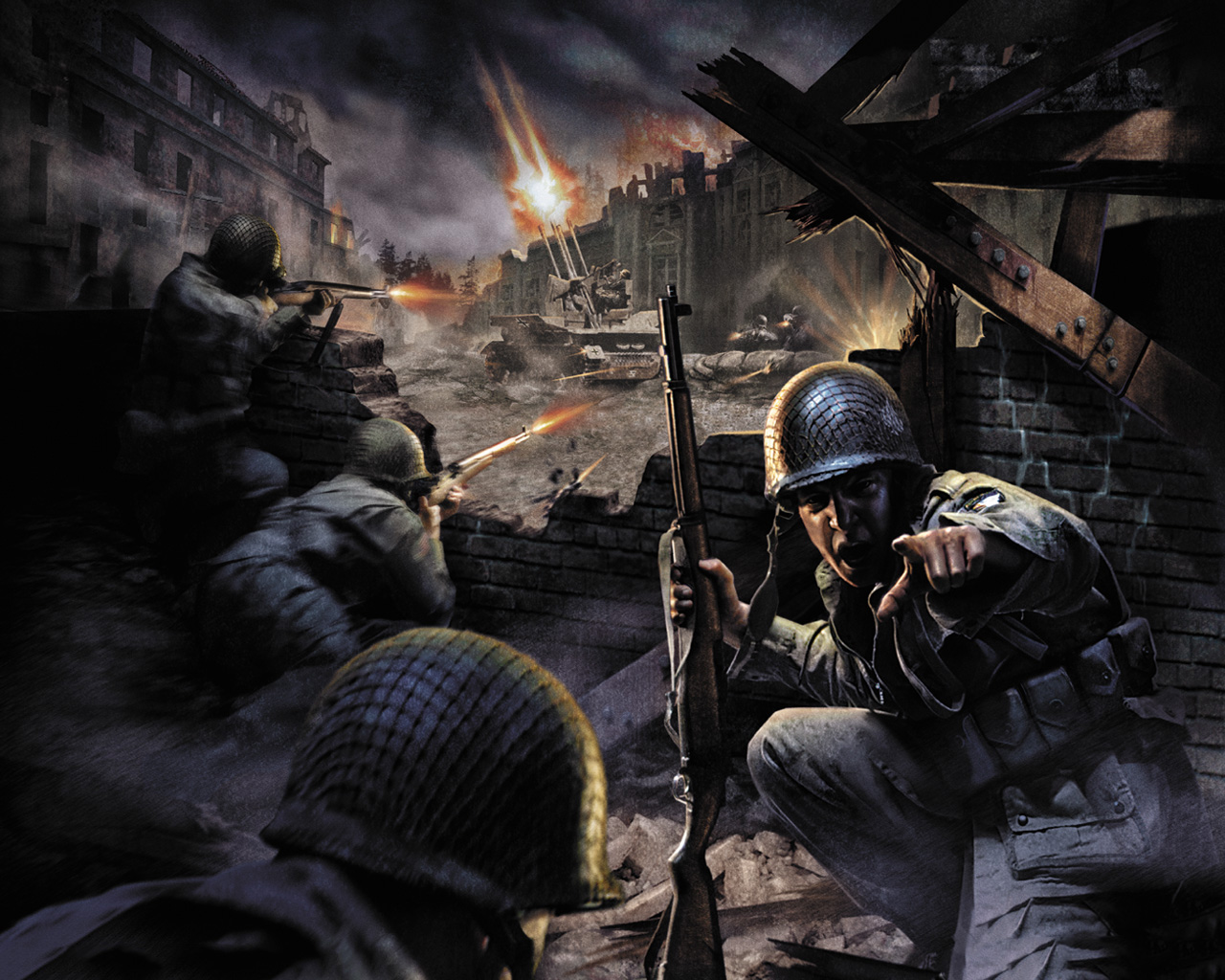
Call of Duty provides quick, team-based matches, releasing a new game every year with established competitive modes like Hardpoint, Search and Destroy, and Control. Teams develop specific strategies for each map, which coaches then use to build effective game plans. To ensure fair play during competitions, the game’s weapons are carefully balanced and a standard set of allowed weapons is defined in official rules.
The Call of Duty League features established teams that compete throughout a regular season, leading to major tournaments and playoffs. Up-and-coming players are developed through academy programs and challenger circuits, ultimately joining the main teams. Broadcasts include detailed statistics – like time spent controlling objectives, first kills, and breaking defenses – to help fans follow the action and understand which teams are gaining an advantage.
9. Rainbow Six Siege
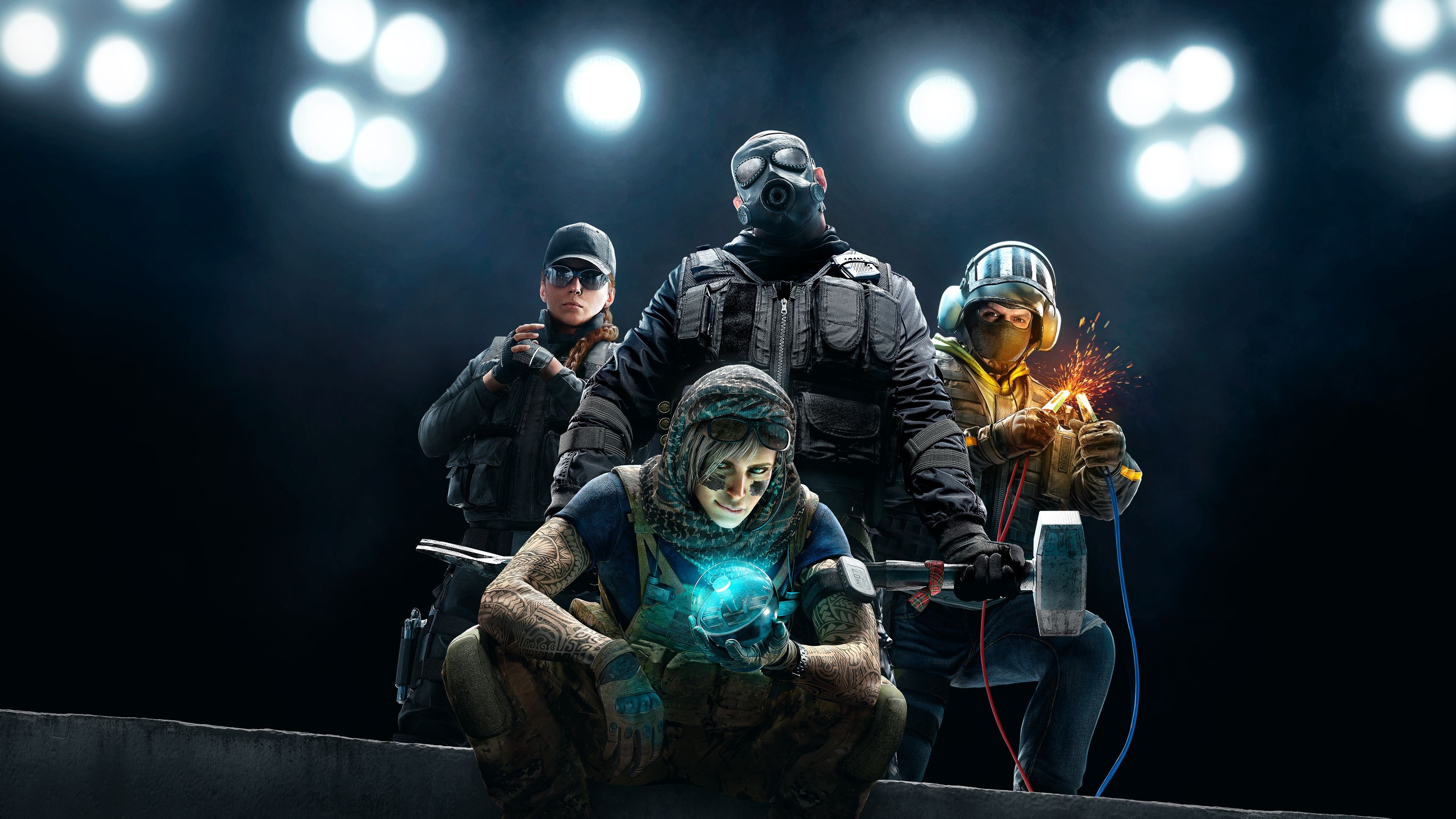
Rainbow Six Siege offers a complex and strategic experience thanks to its destructible environments, unique operator skills, and the need for teamwork. Both attackers and defenders must carefully plan their approach, including how to scout with drones and use gadgets effectively. Mastering sound and vision is key to gaining an advantage, and successful teams rely on clear communication and quick decision-making during matches.
The Six Invitational is the world championship for Rainbow Six Siege, with players qualifying through regional leagues and major tournaments. Ubisoft has a comprehensive rulebook covering everything from which operators can be used to how many rounds are played. To help viewers follow the action, broadcasts include helpful features like overhead views of the map and replay cameras, making even complicated strategies easy to understand.
8. Rocket League
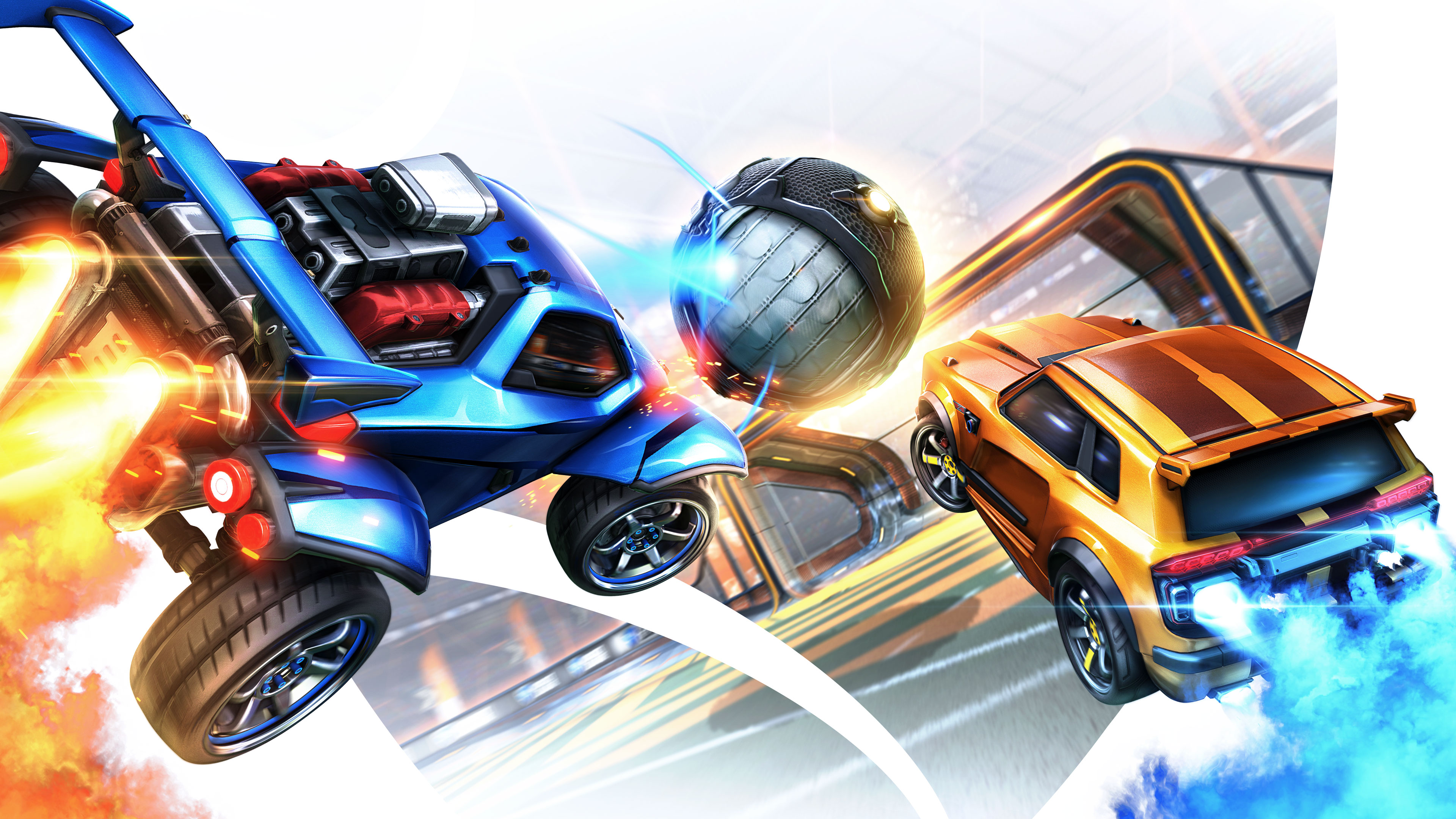
Rocket League is a unique game that combines the excitement of sports with the thrill of driving cars. It’s played in teams of three, and while easy to pick up and watch, it takes a lot of skill to become truly good. Successful teams focus on coordinating their movements and effectively using their boost to fly around the arena. Because the game’s physics and arenas are consistent, players can constantly improve their strategies over time.
As a Rocket League player, I love how the game’s esports scene is structured. Each season is split into sections with open qualifiers, meaning anyone can try to go pro! Then there are big, in-person international tournaments – LANs – which are awesome. What’s really cool is seeing teams from different regions compete because they all play the game a little differently, and it often leads to players switching teams. Plus, the game itself is doing a great job of getting people like me more involved. With the esports section right in the game and those reward drops, it’s easy to go from just playing casually to actually following and rooting for pro teams.
7. Overwatch
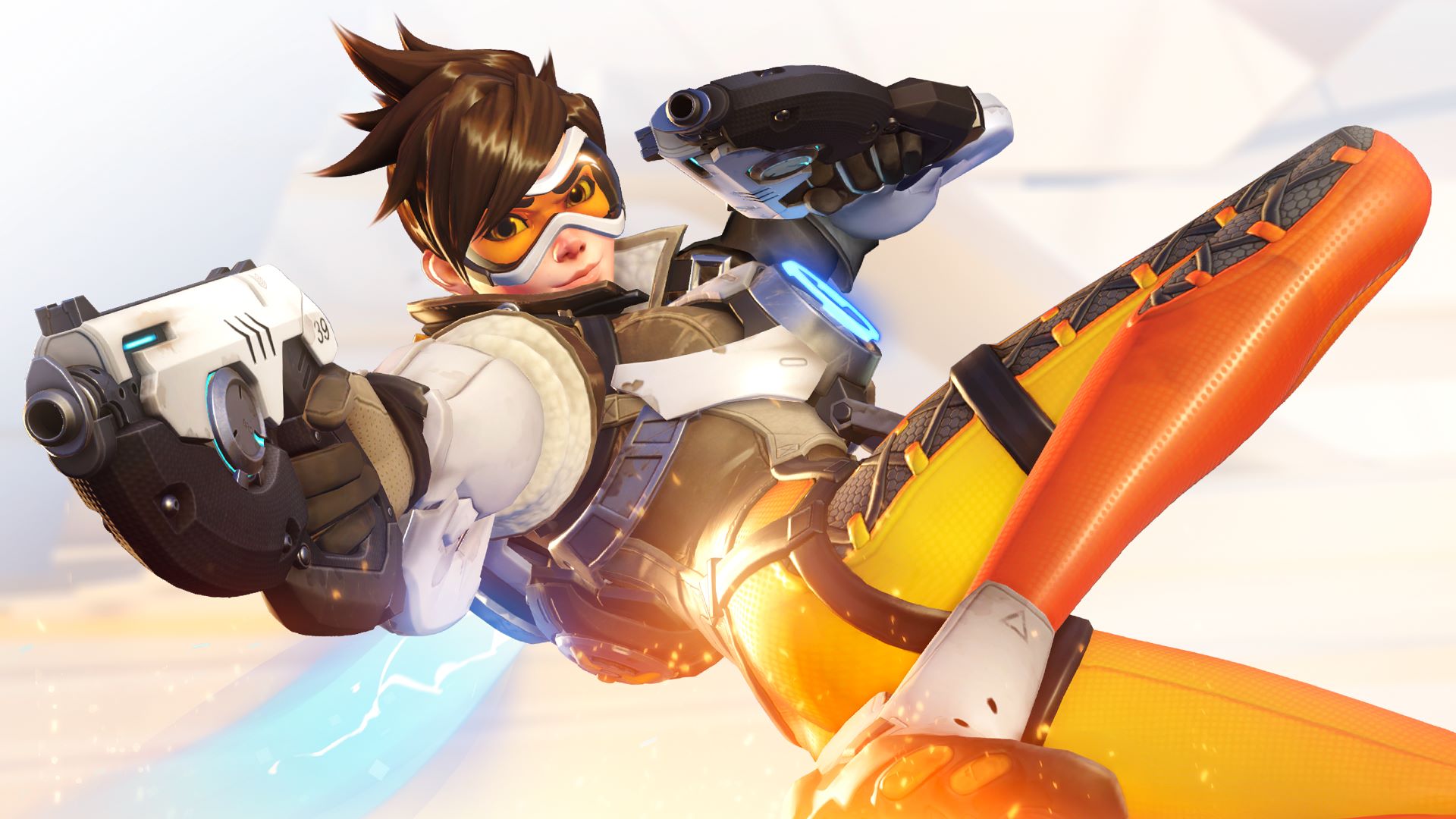
Overwatch is a team-based game where players choose heroes with unique powers and work together to complete objectives. Success depends on smart use of powerful abilities (called ultimates) and having players fill specific roles. The game ensures balanced teams by requiring a set number of players in each role. Different map types, like hybrid and control maps, each have their own ways to win, so teams often prepare specific strategies for each one.
The league features city-based teams and development academies, offering a clear route for players to turn professional. Viewers can easily follow the action with features like instant replays, detailed player tracking, and an overall view of battles. To ensure fair competition, the game is regularly updated and certain heroes are rotated in and out of play according to a public schedule.
6. Valorant
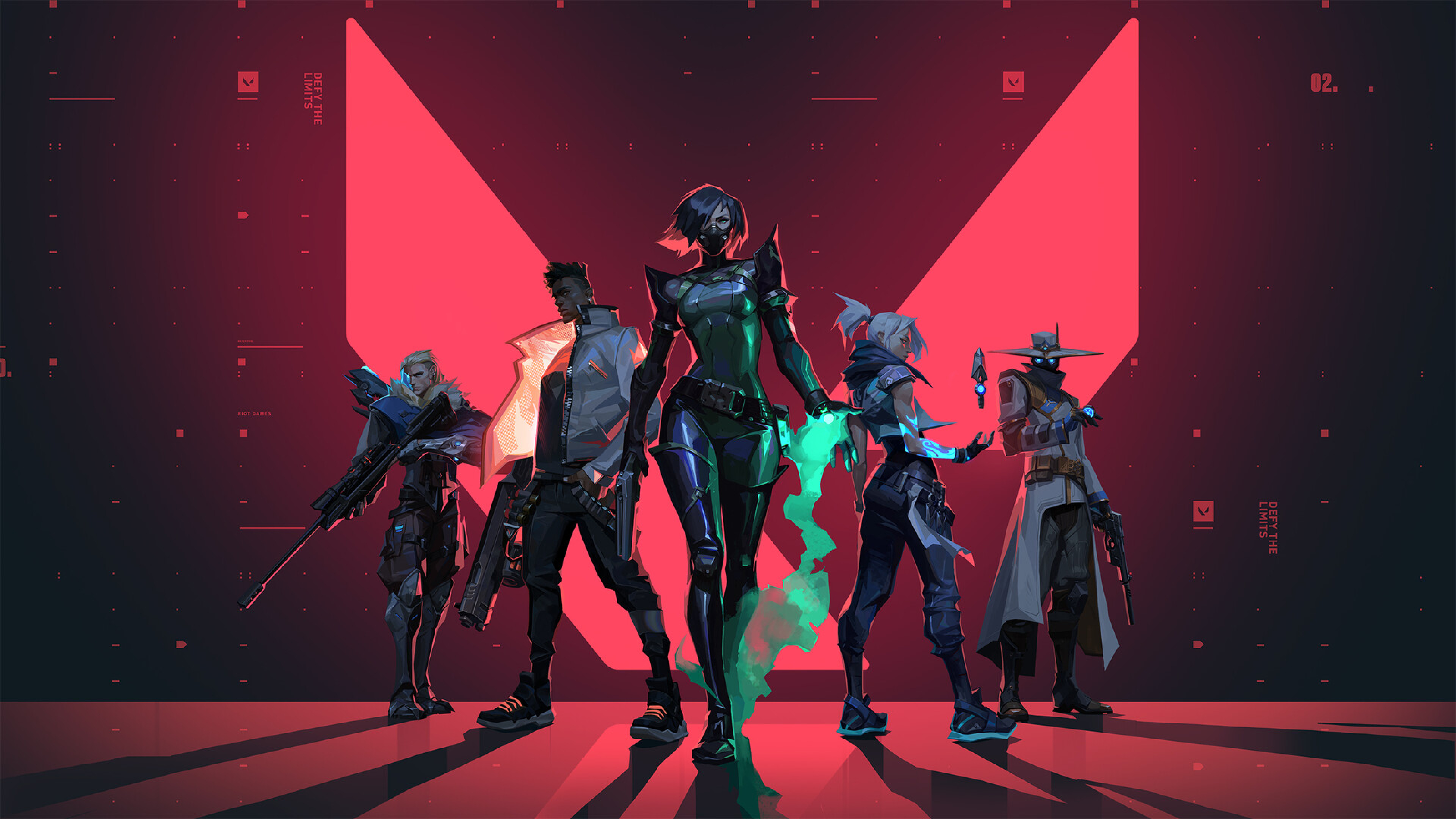
As a Valorant player, I’ve noticed it really blends classic tactical shooting with these awesome agents who have abilities that totally shake up how you attack or defend a site. Maps aren’t just layouts either – they’re designed with cool stuff like one-way mirrors and different ways to move around, letting teams create really unique strategies. Plus, the way the game handles buying weapons and the round structure means you can actually practice specific plays and get really consistent with your team.
The Champions Tour now connects open qualifiers to both international Masters tournaments and a world championship final. This gives partnered teams more consistent rosters, and challenger leagues offer a clear path to promotion. Riot Games is also improving how matches are viewed by investing in technology that showcases key strategic elements like team compositions, post-plant plays, and how teams use their abilities, making it easier for new fans to understand the game.
5. Fortnite

Fortnite uses open competitions that allow anyone to qualify for major tournaments by playing within the game. The game’s building and editing features require skillful execution, and late-game situations become strategic challenges focused on managing resources. Scoring rewards both finishing position and eliminating opponents, prompting players to make thoughtful decisions when competing against many others.
The Fortnite World Cup was a groundbreaking event, setting a new standard for prize money and overall production quality. Beyond official tournaments, a thriving community of creators and independently organized events keep the game active year-round. Consistent updates and the ability to play on any device help maintain a large player base, whether they prefer to compete individually or in teams of two or three.
4. StarCraft II
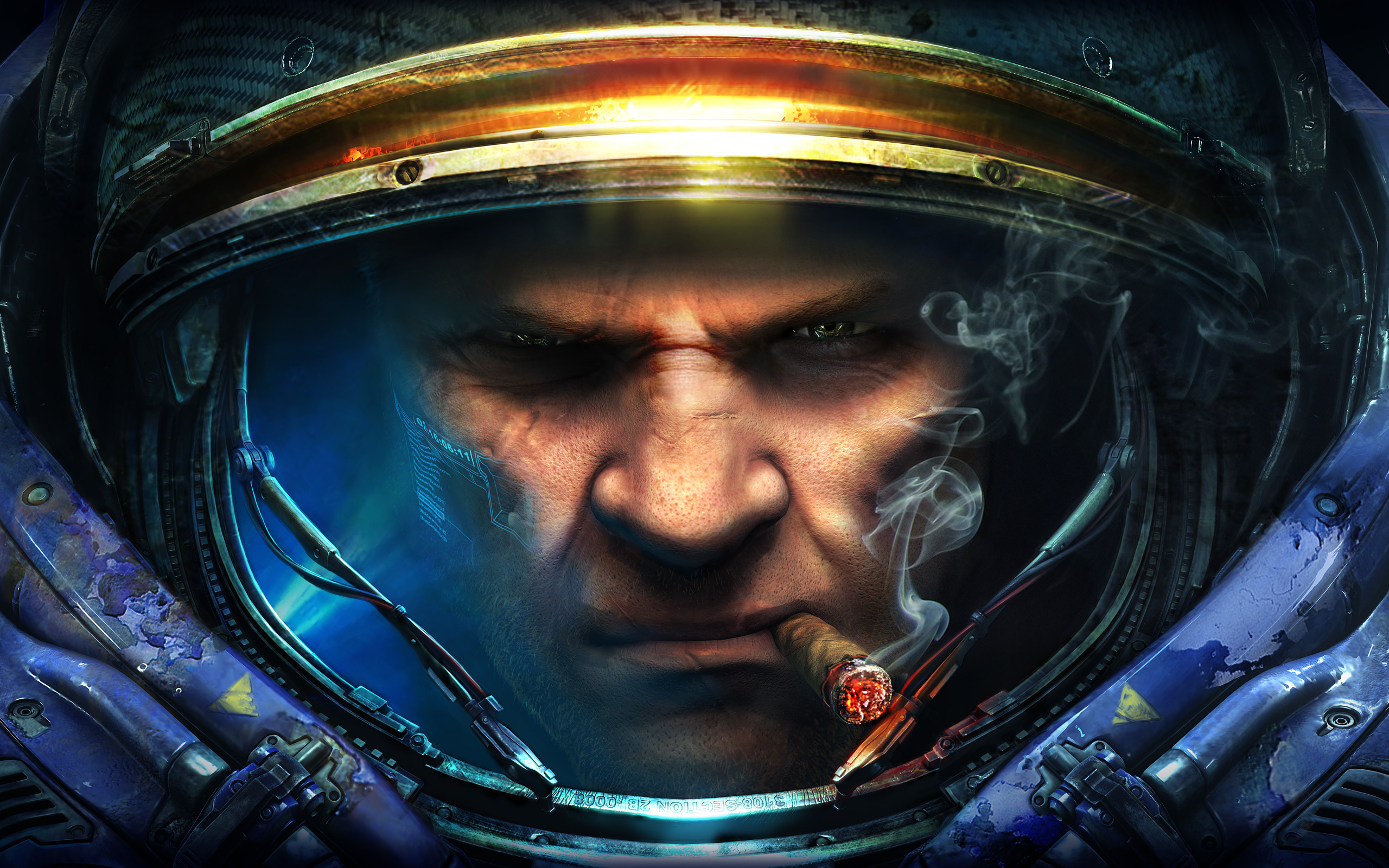
StarCraft II is still a leading competitive esport, known for its consistent global competition and regional leagues. Each of the game’s three races offers unique ways to play, from quick attacks to advanced technology choices and large-scale battles. Players are judged on their speed and precision, as the game demands fast actions and carefully planned strategies.
StarCraft II’s global league and major tournaments are known for their established champions and memorable rivalries. The game keeps things interesting by regularly updating the maps used, often with designs created by the community. Viewers can easily understand what’s happening in a match thanks to helpful tools that display important information like resource levels, unit counts, and building activity.
3. Dota 2
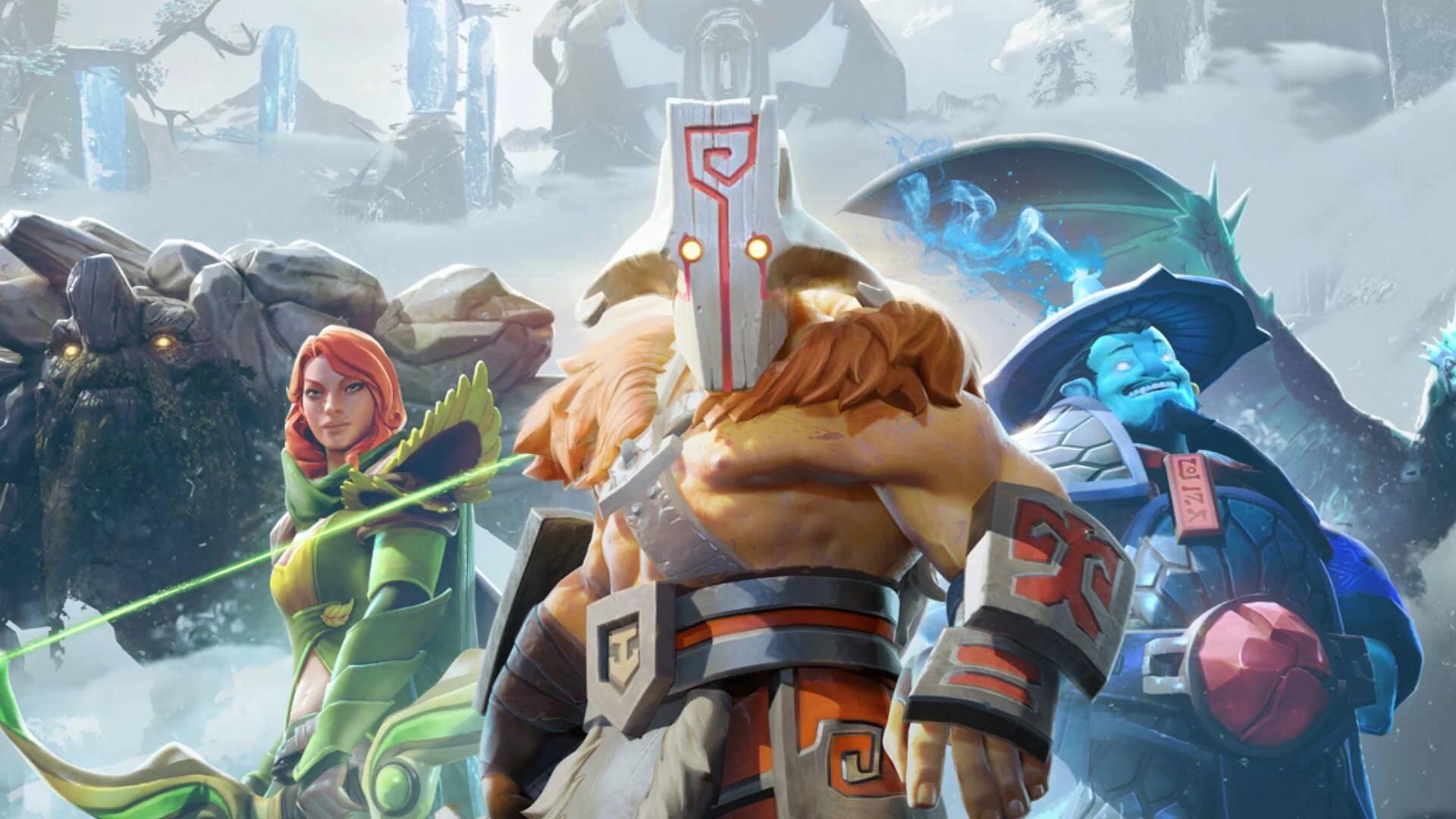
Dota 2 is known for its large-scale team battles, strategic hero selection, and intricate economic system involving items and the ability to repurchase after death. Success in the game depends on map awareness, knowing when to fight around Roshan (a powerful neutral creep), and making smart decisions about which objectives to prioritize, especially in longer matches. While regular updates change the most popular strategies, the fundamental gameplay remains consistent, allowing players to continually improve their skills.
The International consistently offers huge prize money raised through community contributions and is known for its impressive opening ceremonies and stage setups. Organized regional leagues and major tournaments manage the competitive season and ensure fair play. Viewers benefit from detailed on-screen graphics that display things like player wealth, damage stats, and how smoke effects are used, helping experts break down game strategies.
2. Counter-Strike
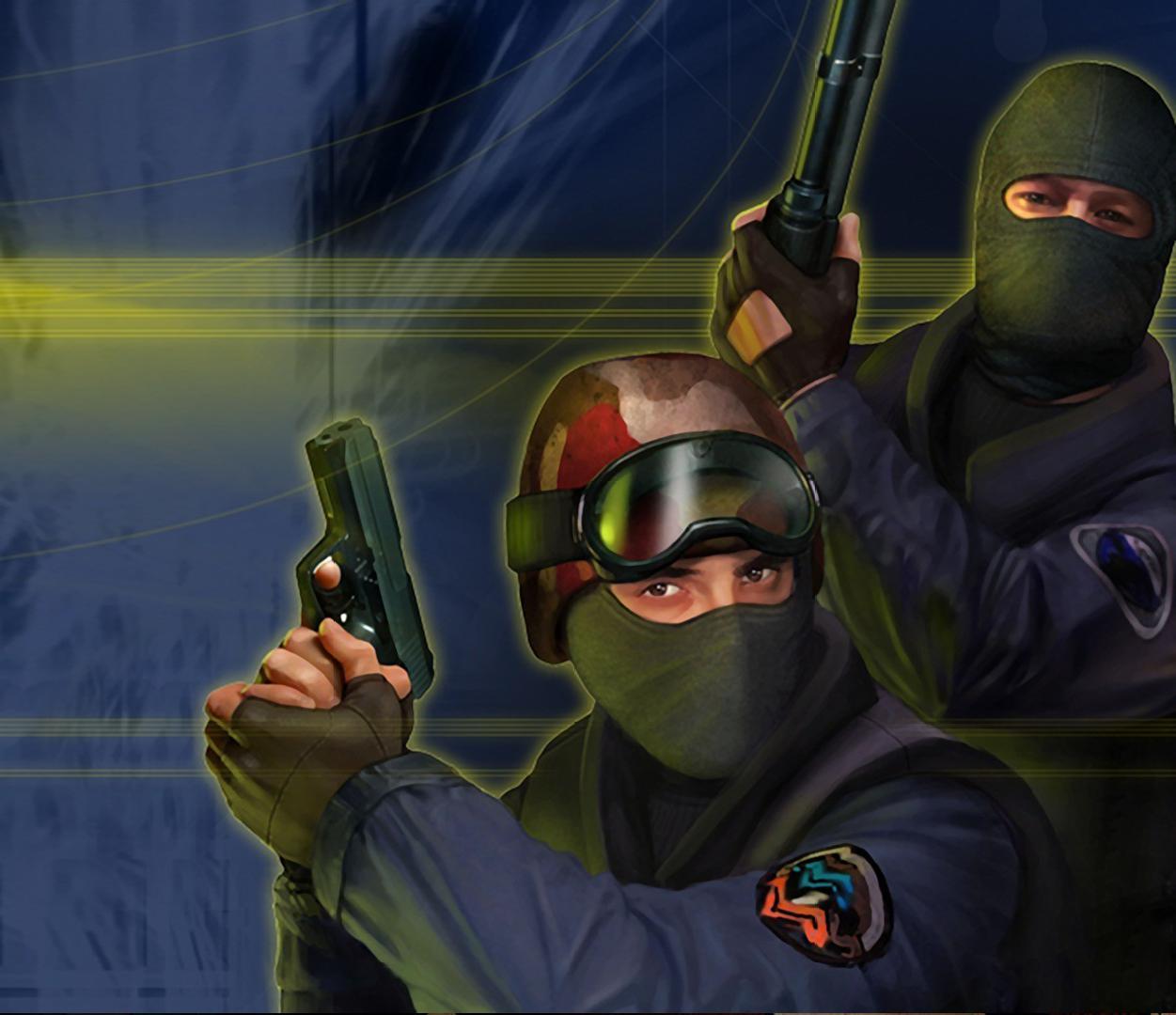
Counter-Strike is a competitive game played in distinct rounds with straightforward goals. Players manage an in-game economy and rely on accurate shooting. Teams develop strategies around controlling different areas of the map, using tools like grenades, and coordinating attacks. Importantly, the game has evolved over time while keeping its core elements and recognizing the achievements of long-time players.
Major esports tournaments are organized by companies like ESL, BLAST, and PGL, all using the same rules and offering open qualifying rounds. These events culminate in championships that determine world champions and generate income through collectible in-game items, which supports teams and players. Broadcasts enhance the viewing experience with features like strategic pauses, coach commentary, and visual displays of player positioning, making the game easier to understand for both long-time fans and new audiences.
1. League of Legends
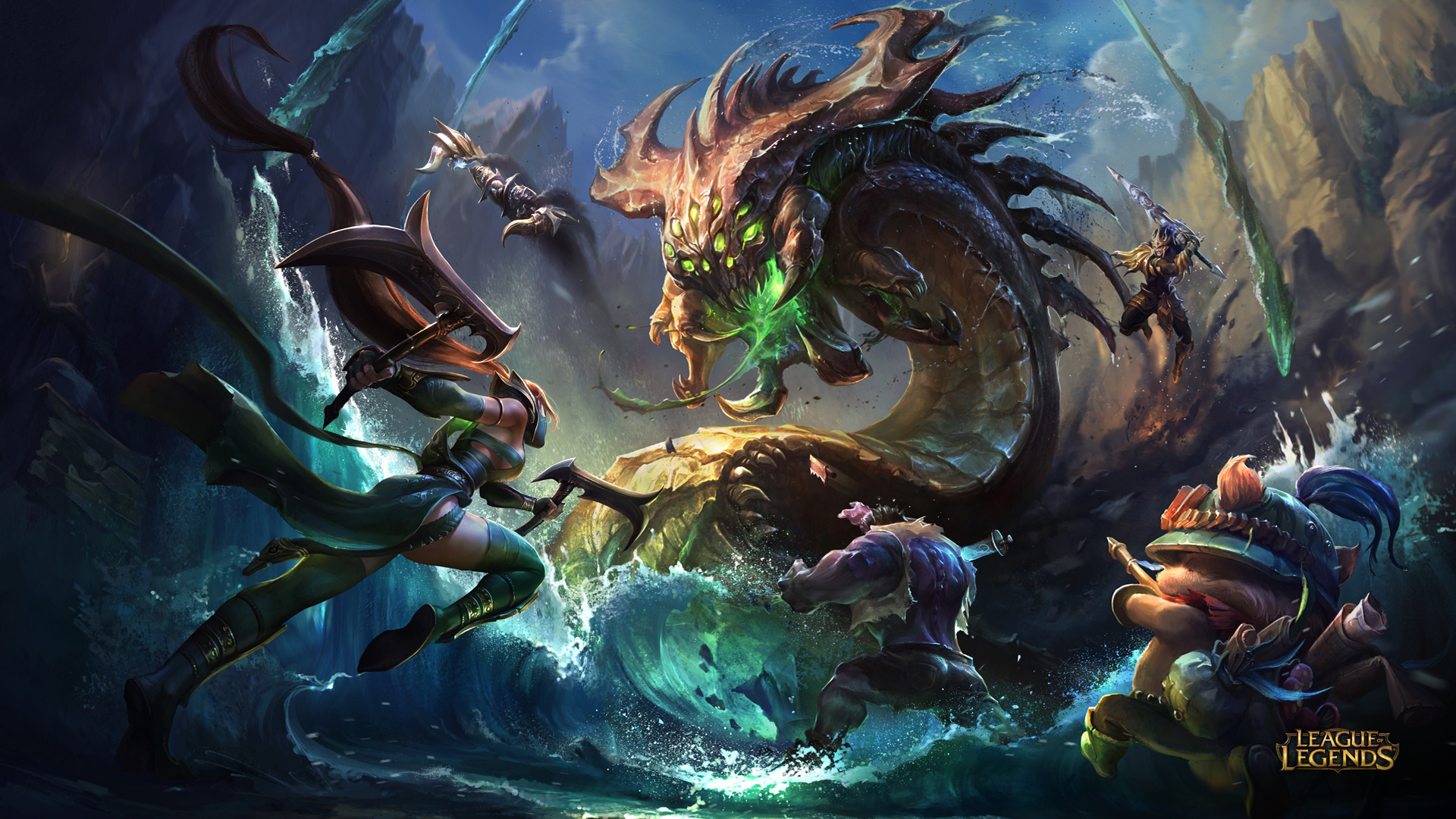
League of Legends is organized with leagues around the world, divided into seasons that lead to a yearly world championship tournament. The game features defined player roles and maps focused on completing objectives, allowing for careful strategy and observation of the enemy team. Before each match, teams carefully plan and select their champions, and analysts study their opponents to gain an advantage.
To ensure fair play, the game developer uses specific updates for important competitions and shares a clear event schedule. Major international tournaments, such as MSI and Worlds, feature teams from different regions competing, with a detailed process for determining matchups and a multi-stage format. Broadcasts are enhanced with tools that show important game information like vision, objective timings, and replays of team fights, making them easy to follow and consistent.
Tell us about your most memorable competitive gaming experiences and suggest a game you believe should be included. Share your thoughts in the comments below!
Read More
- Silver Rate Forecast
- Gold Rate Forecast
- Красный Октябрь акции прогноз. Цена KROT
- Navitas: A Director’s Exit and the Market’s Musing
- Unlocking Text Data with Interpretable Embeddings
- 2026 Stock Market Predictions: What’s Next?
- VOOG vs. MGK: Dividend Prospects in Growth Titans’ Shadows
- Ethereum’s Fate: Whales, ETFs, and the $3,600 Gambit 🚀💰
- XRP’s Wrapped Adventure: Solana, Ethereum, and a Dash of Drama!
- Itaú’s 3% Bitcoin Gambit: Risk or Reward?
2025-10-10 14:19